A recent Harvard Business School study found that African American and Asian-American job applicants who mask their race on resumes get more job interviews.
With this in mind, what is one way recruitment teams can support candidates to minimize bias in the hiring process?
To help answer this, we asked hiring managers, recruiters, and business leaders for their insights.
From training hiring managers and teams against recruitment bias to conducting blind skills challenges, there are several tips that you may follow to implement an effective talent acquisition process that reduces hiring bias in your entire recruiting function.
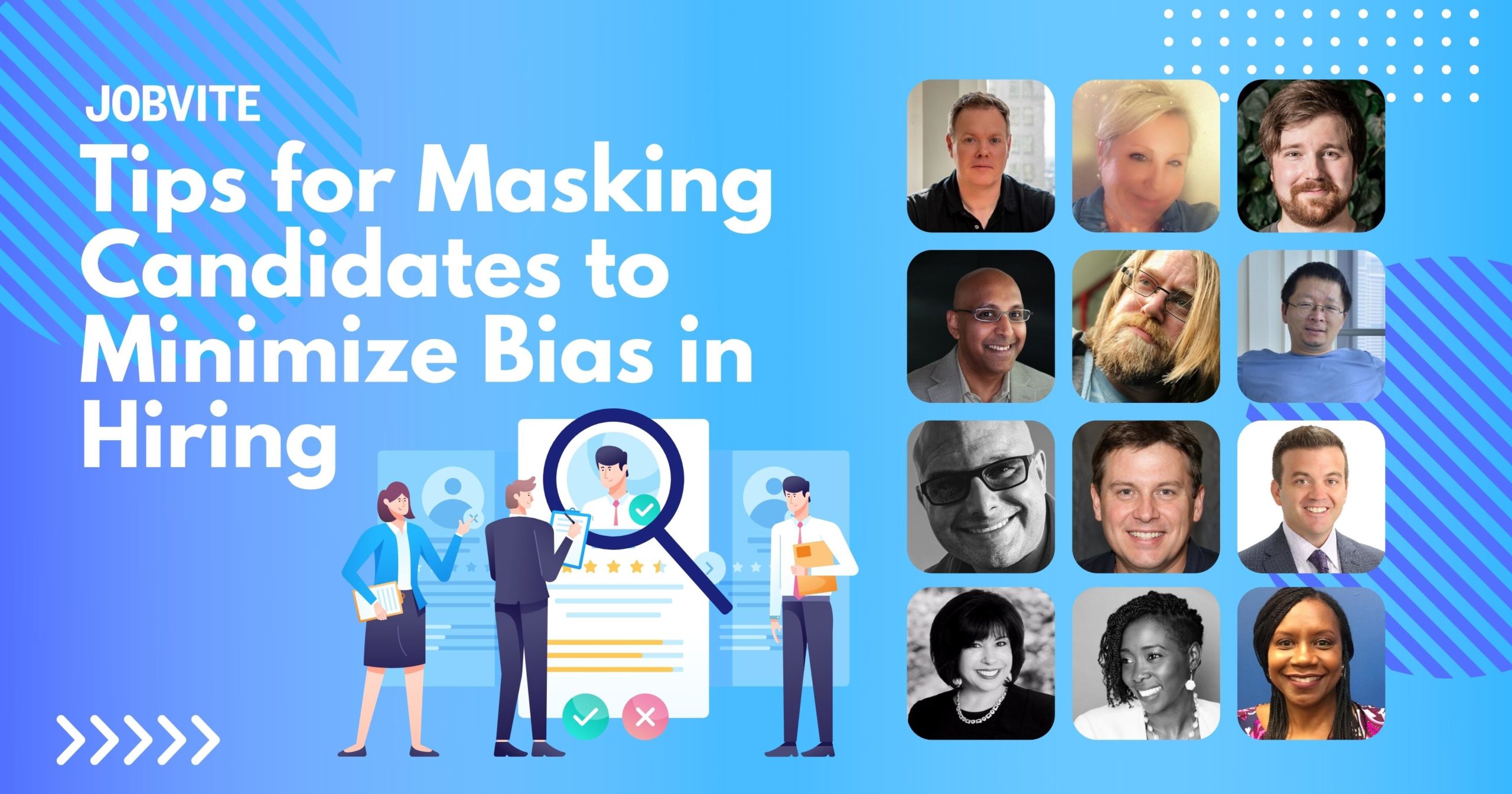
Train hiring managers and teams against recruitment bias
Eliminating bias in the recruiting process is essential to improving the number of candidates from underrepresented groups. One way to eliminate bias is to ensure that all hiring managers receive training and are held accountable if they incorporate bias during the interview process.
In addition, companies should implement inclusive hiring guidelines to ensure that interview panels contain racial and gender diversity.
If your company struggles with putting together a panel that reflects this level of diversity, you have additional problems to solve. While masking resumes are one way to solve the challenge of eliminating bias, it does not address the systemic issues within your organization.
Ensuring all hiring managers receive training to eradicate bias and incorporate conscious inclusion is one crucial step to removing this obstacle.
Tawanda Johnson, People and Culture Thought Leader at Sporting Smiles
Ensure job requirements are genuinely free from hiring bias
Defining and agreeing to the requirements of a position you are hiring serves as the foundation for a non-biased hiring process. Determining the position includes answering these questions:
- What does success look like for this role for your industry, organization, or team?
- What are the “must-haves” and the “nice-to-haves” concerning the skills, talents, behaviors, and experiences for this role?”
- Which are the areas where a steeper learning curve is acceptable?
Ensuring that a position’s requirements are clear will allow the best practices for minimizing biases in the hiring process to work!
Etty Burk, President of Leading with Difference
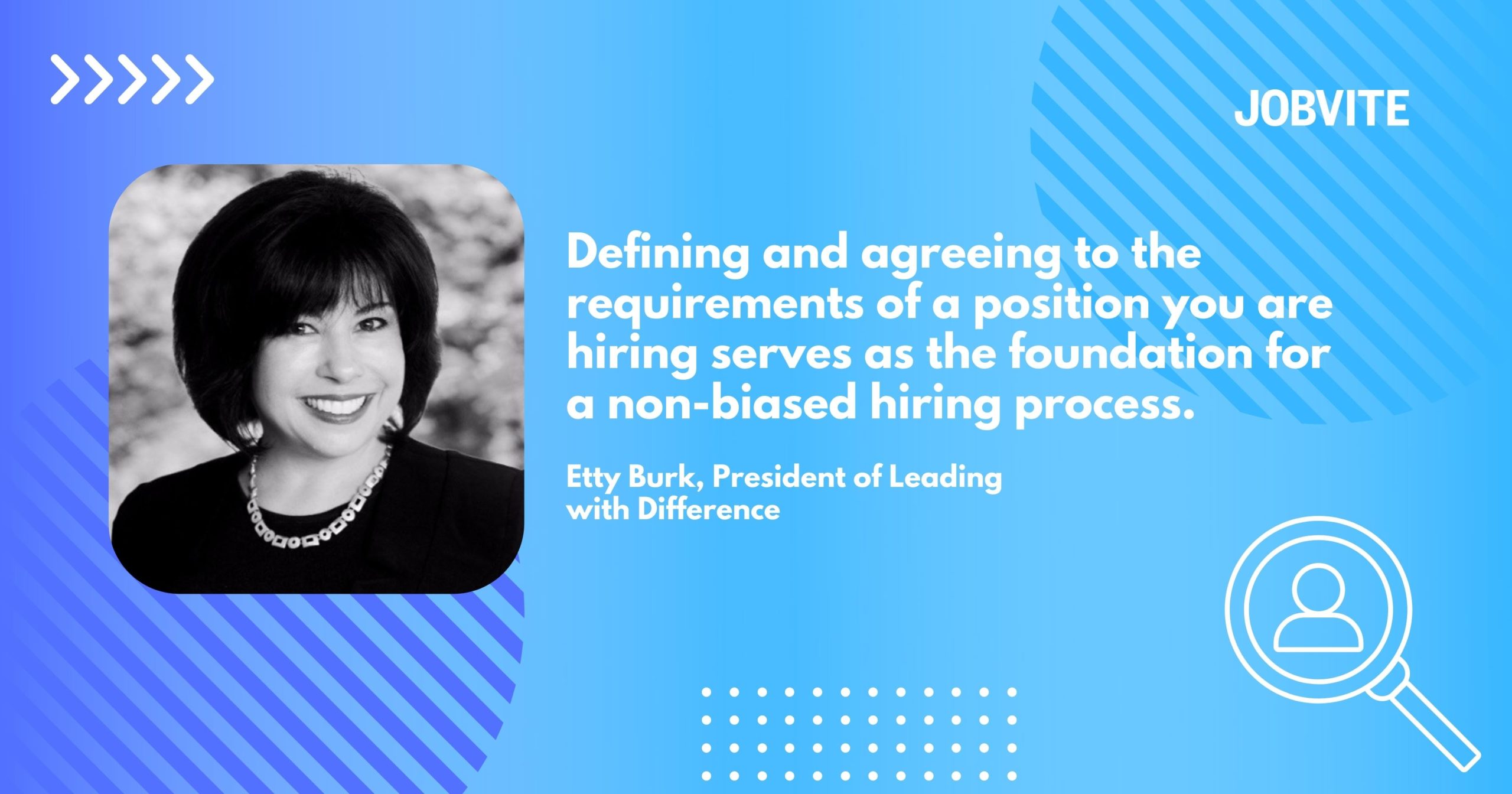
Use gender and other neutral descriptions in job postings
The recruiting department is obliged to write an inclusive job description. Avoiding gender-coded words and using gender-neutral descriptions can help widen the reach of your recruitment ads.
Research also shows that women are less likely to apply for jobs with a very long list of “desirable” attributes because they don’t want to waste their employer’s time if they don’t fit perfectly. Gender bias can also be avoided by masking names and gender while screening resumes.
Debbie Meeuws, Owner and CEO of Nature’s Arc Organic
Conduct work sample tests
The work sample test is one of the ways where you can reduce bias in the hiring procedure. It is the process where the candidate has to pass the task that he will be assigned in real-time.
These are considered indicators of future job performance. Evaluating work sample tests from multiple applicants helps you calibrate the best candidate.
In a way, asking the candidates to work on the real-time work or the problems arising due to that yields a more important sight for the employee.
Standardize this way of the hiring process and efficient candidates can be hired rather than other illogical criteria set such as gender, experience and personality.
Scott Krager, Owner of WODReview
Implement software to anonymize candidate profiles
Companies that are serious about mitigating bias in their recruitment efforts should consider investing in software designed to do just that.
In my former role leading Diversity Talent Management for a global Technology company, we implemented software to anonymize candidate profiles to remove gender and ethnicity indicators.
This software also enabled us to gain insight on how candidates from various backgrounds progressed at each stage of the hiring process. It also led to us implementing targeted initiatives to address bias at the phone screen and onsite interview stages.
While no technology is perfect, having the ability to systematically offset bias in your recruiting process is an advantage to candidates and ultimately helps companies select the best hires from a more diverse applicant pool.
Regina Lawless, DEI Consultant at Regina Lawless Consulting
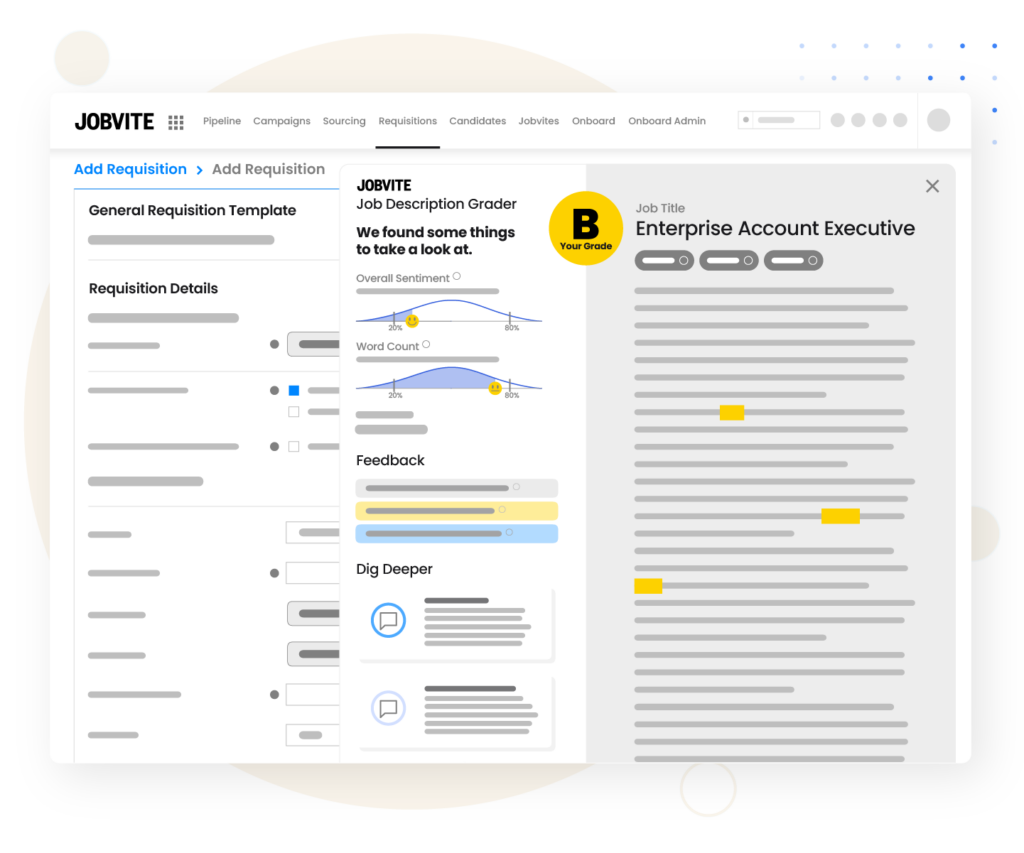
Train your hiring teams to practice equity
Don’t mask your applicants. Build accountability and reporting matrices of the applicant pipeline. Develop your hiring teams to practice equity. When you mask your applicants you are not allowing for the individual DEI development and training of your staff.
You cannot mitigate hiring bias if you do not have the opportunity to expose and correct them. The global workforce is diverse. It’s time to accept that reality.
Wanda Lee Florestine, Talent & Acquisition Director (DEI) GRID Alternatives
Use AI-based resume scanners
Many human resource departments are becoming aware of the (sometimes) unintentional biases which occur during the hiring process.
The beauty of using artificial intelligence to review resumes is that the software is blind to the physical appearance of any applicant. The technology focuses on recognizing candidate qualifications to filter through top talent.
This removes human involvement in applicant selections, at least for the initial round of interviews.
However, if hiring bias seems prevalent within the department, it may be time to consider having an organizational conversation about the importance of diversity and inclusion in the workplace.
Brian Nagele, CEO of Restaurant Clicks
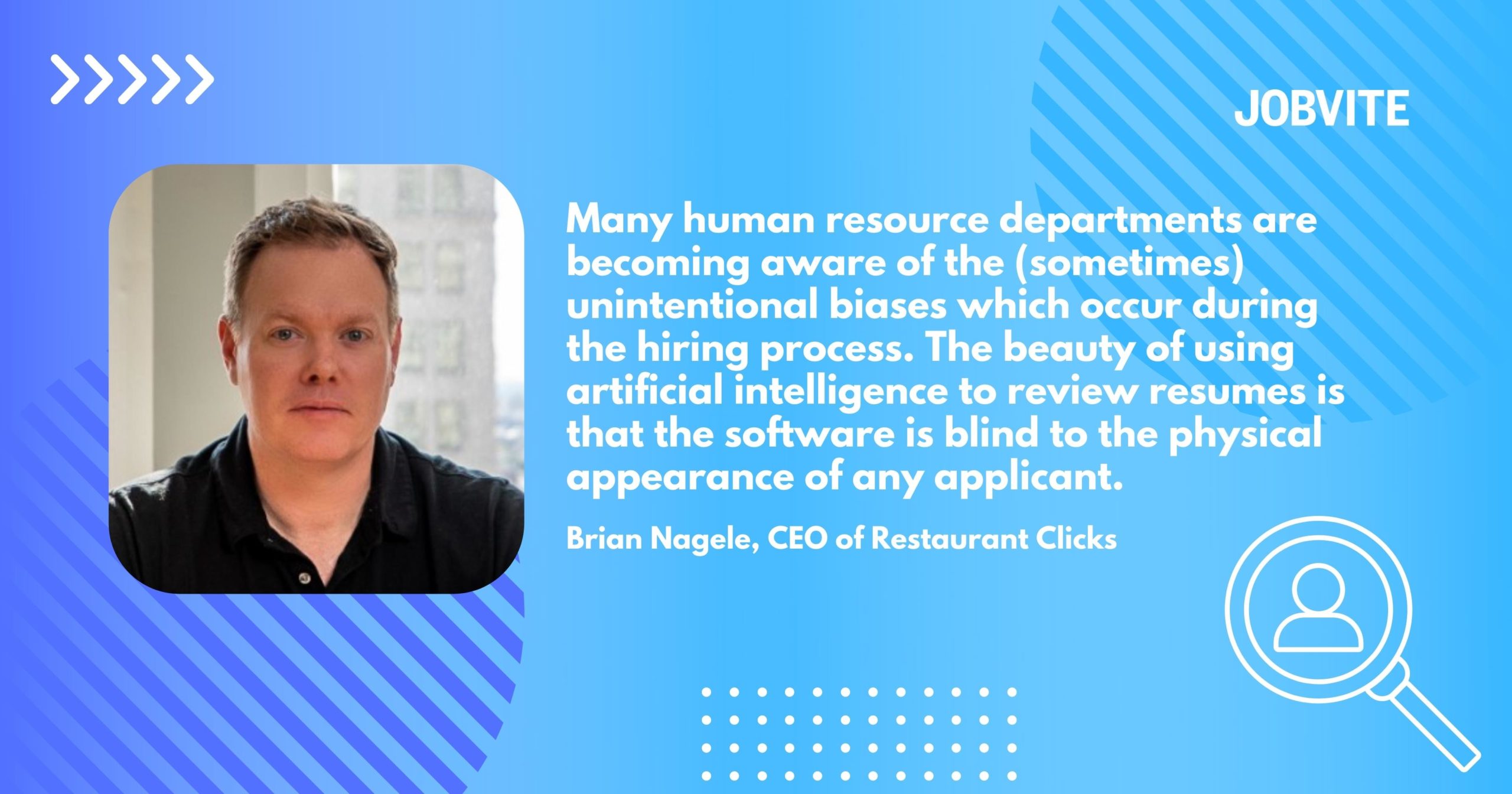
Conduct structured interviews to provide fairer assessments
Most hiring mistakes can be traced to poor interviewer judgment. The main issue is that when evaluating other people, we are impacted by various biases. For example, we unconsciously prefer candidates that remind us of ourselves.
A common human error that we can do little about, but it’s horrible for diversity.
We switched to structured interviews to better guide interviewers in giving fair assessments of candidates, and we haven’t looked back.
In structured interviews, all candidates are asked the same predetermined questions, and what’s even more important, their answers are rated against the same pre-determined criteria.
Interviews are consistent so every candidate gets an equal opportunity to perform, and every candidate’s rating needs to be based on evidence. This forces a stronger, positive emphasis on what the candidate actually said, and not their accent, looks, or handshake.
Max Korpinen, Co-Founder and CEO of Hireproof
Mask relevant items on candidates’ resumes
Our recruitment department masks certain things on the resumes that may give away a person’s ethnicity and religion. One of those things is the college or university attended.
While many attend standard public universities that wouldn’t identify their race or religion, others attend black colleges and universities, all-girl schools, or universities tied to a religious denomination.
All of these things could present a bias, so my HR just masks the university and leaves their college career highlights and achievements for hiring managers to see.
Amruth Laxman, Founding Partner of 4Voice
Conduct anonymous assessments of prospects
Equality and diversity are central to our culture and we truly believe that we do not have an issue with any biases in our hiring process. However, to ensure that candidates for open roles are assessed purely on talent, we begin the application based only on the candidate’s email address.
This means that in the vast majority of cases, HR is unaware of the candidate’s race. On successfully completing the assessment, the interview is held by a multi-cultural panel, ensuring that race does not become a matter of consideration in the final selection process.
Colin Palfrey, Chief Marketing Officer of Crediful
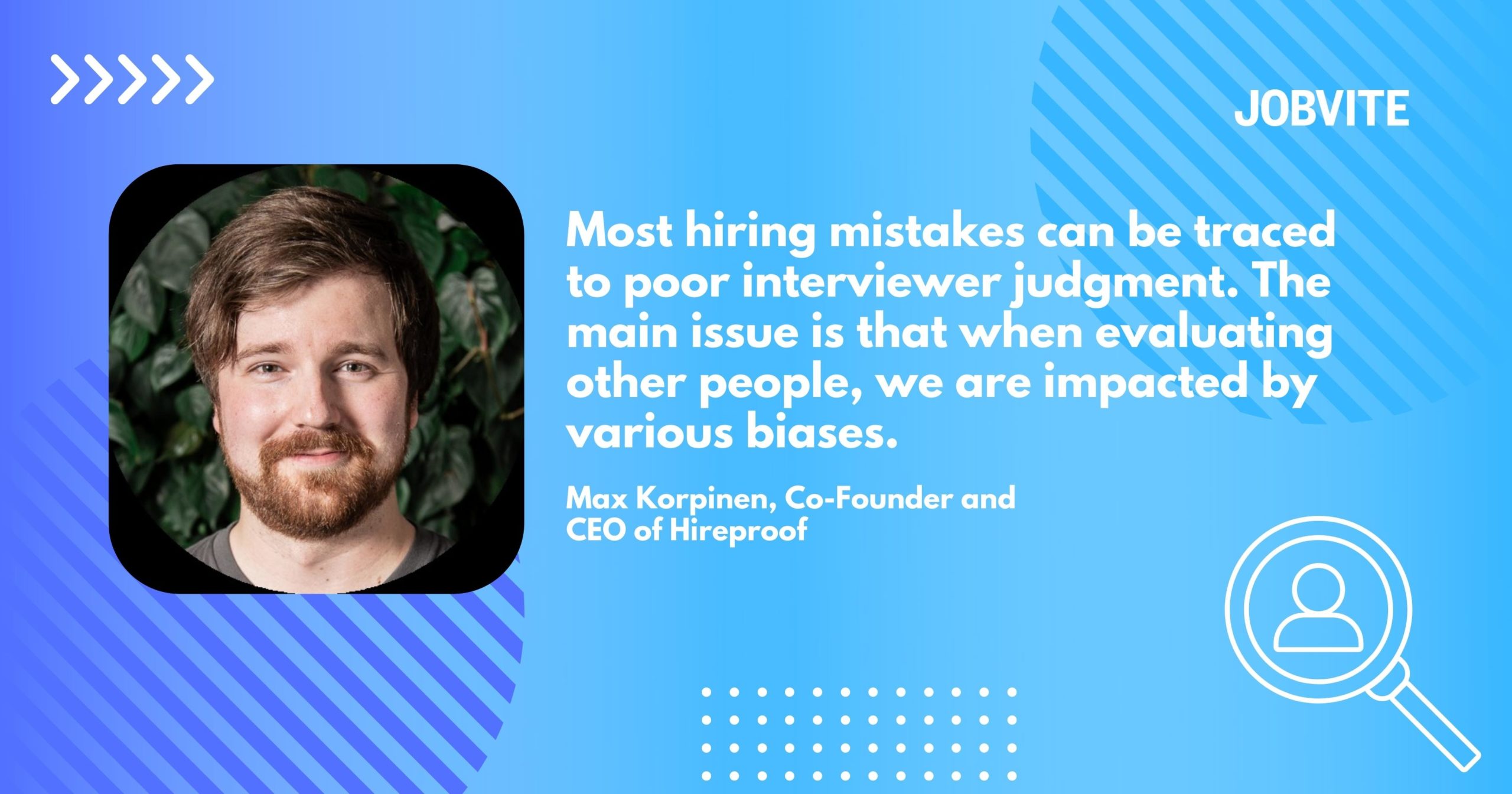
Serialize your applications before reviewing
The one thing that we do in our organization is to serialize job applications before reviewing them. This means that the names and pictures of the persons associated with the applications are removed to only retain the candidates’ qualifications and competencies.
This ensures that the recruiters don’t engage the process with a clouded judgment based on the applicant’s identity. It is a great way to mask applications and eliminate biases that occur when conducting one-on-one recruitment.
yongming Song, CEO of Imgkits Photo Editor
Hire candidates through LinkedIn
LinkedIn has emerged as a crucial platform to hire people without any prejudice, straight based on their networking skills and the qualities they have been endorsed for.
LinkedIn generates scores that show how active people are and how they can be better marketers in the digital world. Through these real-time scores, you can easily list out those who are most suitable for the job and then can start going through the further levels of the recruitment process.
It would be fair enough to leave it to the professional application as the scores can not be forged. When there are real-time stats in front of you, the result could become crystal clear.
Steve Sacona, Legal Writer at Top10lawyers
Conduct blind skills challenges related to an open role
Remove details in a CV that can lead to biased decisions, such as race, ethnicity, nationality, age, and gender. Have someone black out all these details from CVs before handing them to HR.
You can also try doing away with CVs altogether so that even names and email addresses are unknown. Conduct blind skill challenges related to the position being hired for instead.
This puts applicants on equal footing as a starting point. Besides guarding against unconscious bias, you will also discover which applicants have the proper skills and talent you need.
Peter Hoopis, Owner and CEO of Peter Hoopis
Find out how your enterprise talent team can minimize hiring bias — and enhance your hiring quality, speed, and efficiency — with Jobvite’s Evolve Talent Acquisition Suite.





